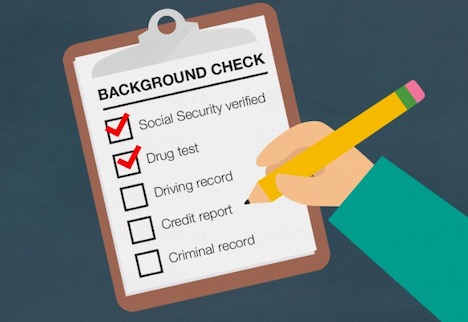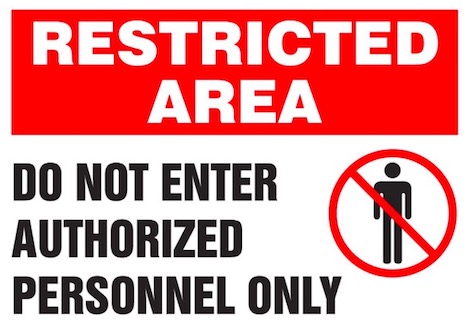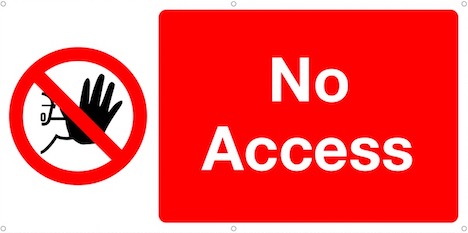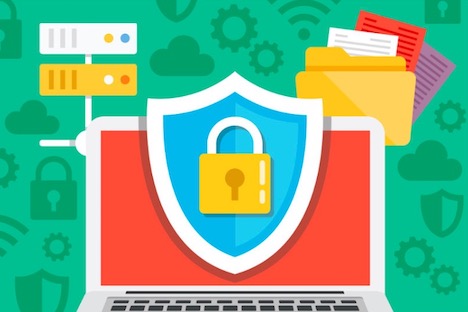10 Ways to Prevent Employees from Stealing Intellectual Property IP
Employees and workers are considered to be the most vital assets of any organization. You may introduce many advanced technologies for the manufacturing processes in your organization, but at the end of the day, the equipment will not function on its own and will definitely require human input.
However, this also means the employees have to be trusted with the direct access to the confidential information about the operations of your company. Now, you cannot rule out the possibility of someone with an unscrupulous intent leaking crucial information about your organization. So, how do you spot the wolf in a sheep’s clothing? And how do you safeguard your intellectual property for being vulnerable? Well, read on to know more.
1. Perform Background Checks Before Hiring
Before your organization recruits a new employee, it’s crucial that you contact their references to gain an understanding about the prospective employee.
For instance, when you interact with the prospects face-to-face, you get an idea whether he/she would be an appropriate fit for your company. However, in the hiring process, most of the time the only communication that you will have with him/her will be through email, web conference, or the phone. Thus, it is extremely crucial to perform both reference and background checks, particularly if you are keen on hiring them.
2. Implement the Restricted Access System
Always endeavour to limit the access you provide to your employees regarding the servers and any cloud storage platform (like Dropbox, Google Drive, etc.). In simple terms, offer them access to the bare minimum resources that they require to perform their everyday responsibilities at work.
Not only will this raise the probability that your intellectual property will remain secure, but you can also be relieved that every other confidential details and documents will be safe as well.
3. Put a Label to a Valuable ID
If a piece of information is confidential to your organization, adding a label or a banner on it will explicitly indicate the confidentiality. If your organization’s data is proprietary, it’ll be a good idea to put a note on each of the log-in screens. This may sound insignificant, but if you someday find yourself in court trying to establish that someone stole valuable data which they weren’t authorized to take, your argument won’t be considered valid if you can’t show that you made it clear that the details were protected.
4. Consider Adopting a Management Systems Approach
Establish a cross-divisional team for IP protection that will consist of top executives. These individuals will enforce responsible IP practices internally and across the organization. This approach is already put into practice by Siemens. This distinguished German company formed a central Corporate Intellectual Property department, which oversees the organization’s IP strategy, protection procedures, and policies and customizes the overarching approach to achieve the particular needs of each of the organization’s 15 business divisions.
5. Integrate an Updated Version of Anti-Virus and Anti-Malware System
An upgraded version of a good anti-virus is the first line of defense in case of blocking malware. But because it functions by preventing the known attacks, there are chances that new ones can get through. Since malware is ideally known as a software flaw, one of the most efficient defenses is to opt for frequent updates without delay for all applications you use, specifically the oft-targeted Adobe and Microsoft products.
Several web-filtering services prevent employees from landing on malware-laden websites. Web-filtering services enable you to block the entire categories of websites and present reports on the web activities of the employees to help you discover what happened if in case you are attacked.
6. Establish and Implement Stringent Corporate Laws
There are some employees who divulge the proprietary information with the outside sources or take it with them to their next place of employment might do so with a malicious intent. Again, there are some who might be clueless that it doesn’t belong to them.
“This is why having a strong Confidentiality and Intellectual Property Agreement in place can assist in removing the grey areas, which exist when employees involved in the development of the Intellectual Property perceive that they have an ownership over the property” states Julian Matteo, an expert on law case. So, make sure to review that Agreement with an employee when they are departing, so that it deters them from taking your organization’s property.
7. Safeguard Your IP Both Digitally and Physically
Both the physical and digital protection is a must when you are trying to keep your intellectual property safe. You can lock the rooms (or chests) where the sensitive details are stored. Make sure you know who keeps the keys to these rooms. Use passwords or card access and don’t allow employee access to crucial databases.
8. Keep Tabs on the Behaviour of the Employees
While it’s possible to detect the changes in an employee’s behaviour, would it not be impractical for a company’s cybersecurity staff to observe and check each and every employee? Rather, the organizations should integrate technology like User and Entity Behavior Analytics (UEBA), with advanced machine learning algorithms, to help identify what is normal behaviour for each employee.
9. Introduce a “Need to Know” Policy
When it comes to the Intellectual Property, there are high chances that more than one person is involved in creating it. So, make it a point not to divulge the entire details of your Intellectual Property to your employees.
10. Chalk Out an Incident Response Plan
Hackers invading the Intellectual Property can have quite a presence on a target network for a considerable amount of time, be it for months or even years, stealing crucial information the entire time. Ruling them out as quickly as possible can substantially decrease the damage.
Also, enable your employees to report any suspicious activity and create an elaborate plan regarding how you will investigate and deal with a security breach.
11. Hire the Best Professionals to Deal with Intellectual Property
If you don’t have the systems to restrict your Intellectual Property, you can choose to outsource the job to a professional security services company. These organizations provide state-of-the-art technologies and seasoned security officers for many small businesses because they distribute the cost across many clients.
12. Let Employees Know About the Organization’s Policies on Intellectual Property Theft
This minimizes the chance of the employees being ignorant in case they are caught in the act. Let them become familiar with the sanctions that will be made if they are caught. When they are aware, they are not likely to risk stealing anything from your organization. Tell the employees how deeply committed the organization is in eliminating the losses, specifically in terms of Intellectual Property theft. Always be clear to them about the steps that will be taken to handle such cases.
13. Prepare Non-Solicitation Agreements for Every Ex-Employee
These clauses or agreements safeguard an organization from an ex-employee’s attempts to poach an existing customer, employee, or supplier. Although these clauses come with its set of limitations, they can be effective in case of protecting an employer’s interest in retaining its clients and employees.
Parting thoughts,
Of course, the most impactful way to guard Intellectual Property theft is by adopting proper policies to protect it. But at the same time, you should also provide a positive work environment to the employees of your organization so that there are minimum risks of intellectual property theft.
Tags: business, how to, privacy & security, tips & tricks


















































